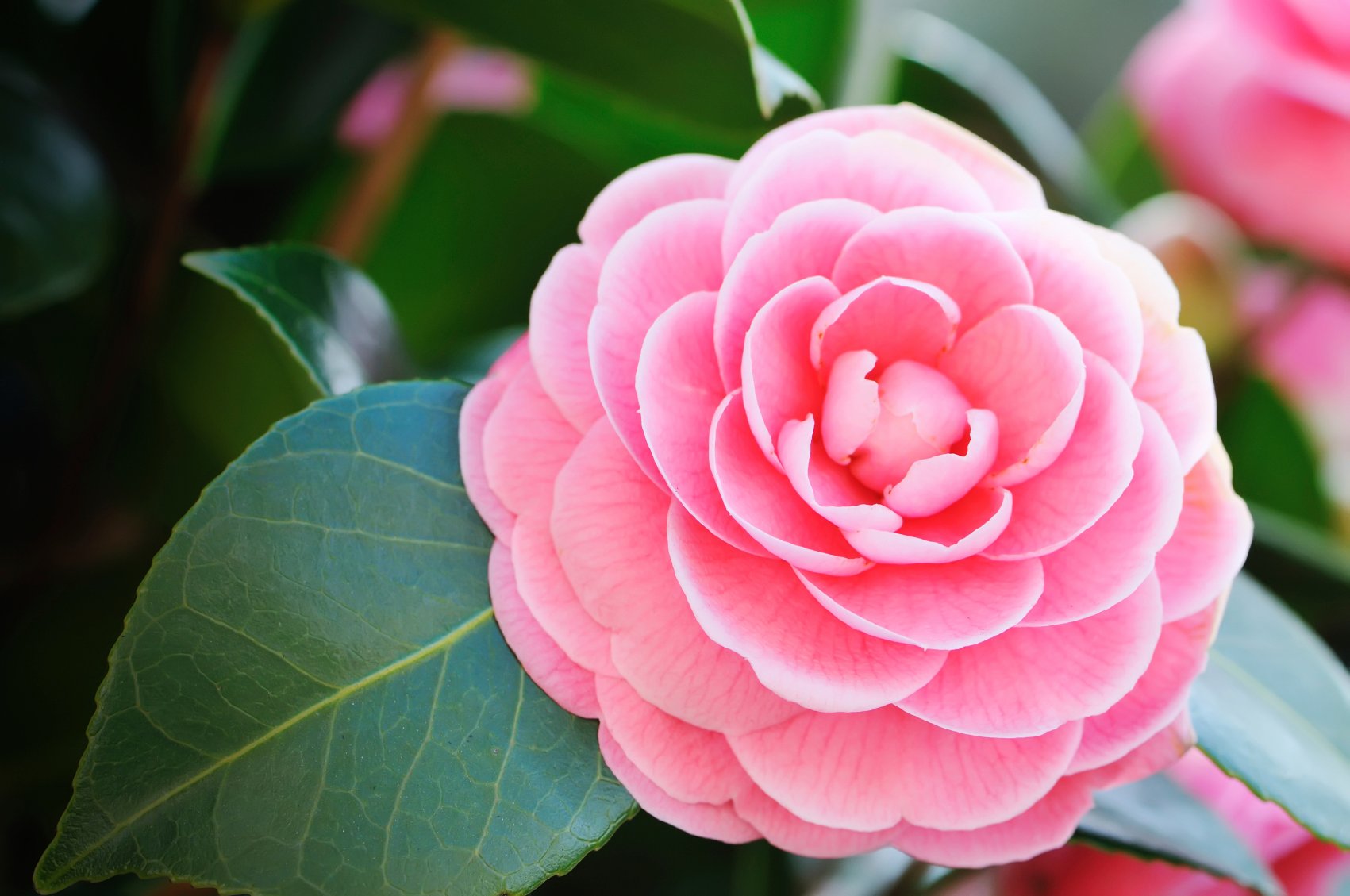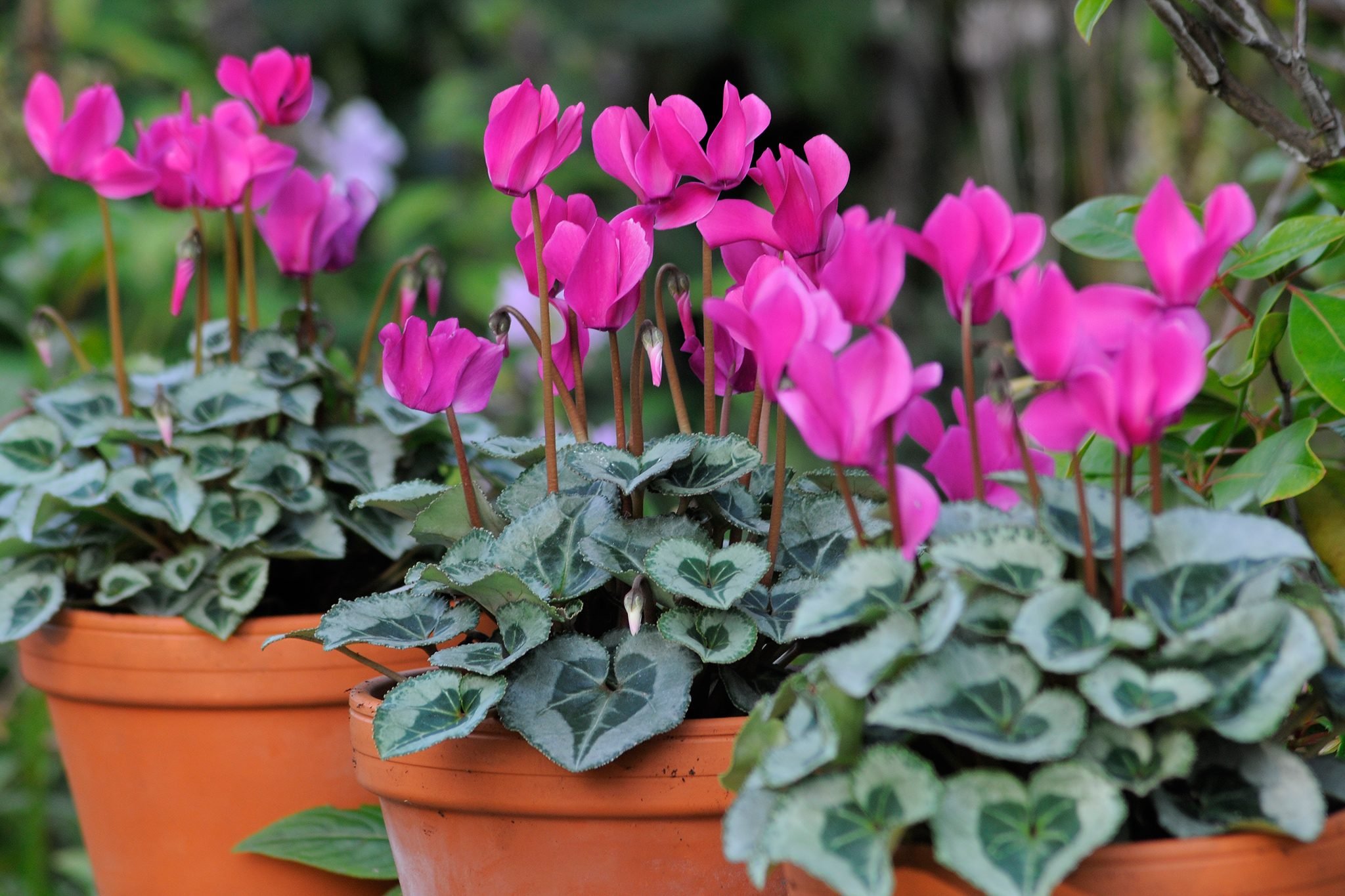Deadheading Marigolds – When & How To Do It the Right Way

Table of Contents
The Marigold is one of the most recognizable flowers with its yellow, gold, and red petals. These easy-to-care-for and bright blooms will brighten your garden. They have long flowering seasons, with some varieties beginning in mid-spring through autumn. You can easily care for and grow them for your garden with these flowerheads shining like the sun. Another reason to plant marigolds is that they make excellent companion plants in your growing kitchen garden.
Once you have started growing marigolds in your garden, you must take care and ensure all the flowers keep blooming. One of the most important things about keeping your flowers alive is deadheading. Deadheading ensures your marigold blooms thrive; otherwise, your flowers will not survive. In this article, you will learn what deadheading is, why it is crucial, and when and how to deadhead marigolds. Make sure to follow care instructions to prolong the blooming of your marigolds.
About The Marigold Flower
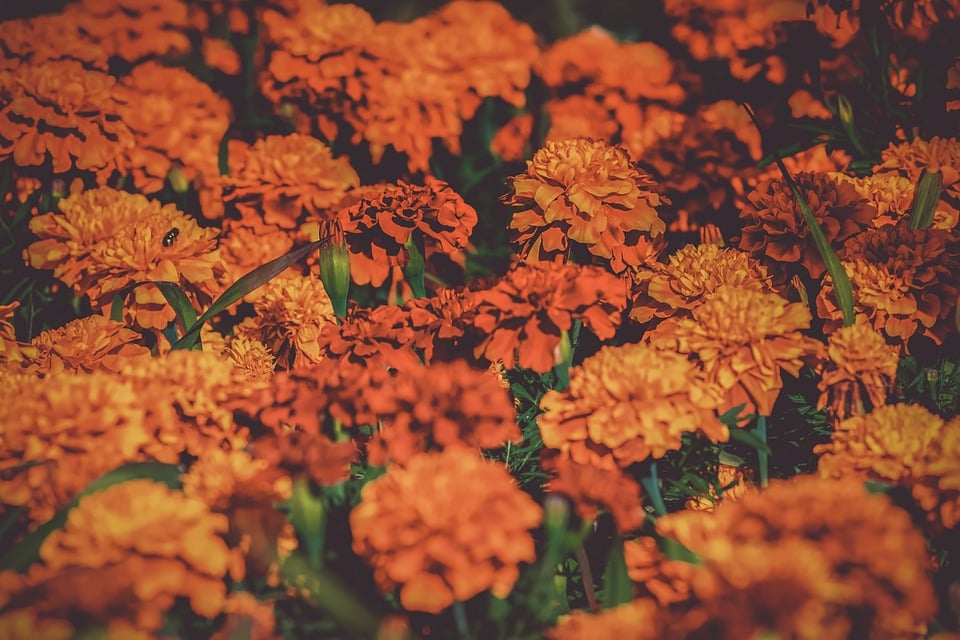
The Marigold name is what most people know as the plants of the Tagetes genus. They are native to Mexico, South America, and Central America and have spread to Asia and Africa. This happened because marigolds can adapt themselves to a wide variety of soils and weather conditions. They can not tolerate cold conditions and frigid regions because of their hardiness rating.
- Scientific Name – Tagetes
- Plant – Annual Flower
- Hardiness – H2
- Flowers – Single or double flowers
- Sun – Full sun
- Height – 0.1 – 0.5 m
- Spread – 0.1 – 0.5 m
Deadheading Marigolds
In simpler terms, deadheading is when you remove the spent blooms after each one has finished flowering. Now that you have decided to plant marigolds, you need to take care of your plants, and this will ensure your garden is always blooming. With the suitable soil, container, planting location, watering amount, and weather conditions, your marigolds will bloom in no time. To maintain your vibrant blooms, you will need to deadhead the marigolds.
Why Deadhead Marigolds?
You deadhead flowers so that any new blooms continue to grow. Deadheading also stops self-seeding when not desired. This also keeps your garden looking lovely and improves the airflow of flowers and plants in growing spots.
If you do not deadhead, the plant’s energy will focus on producing seeds, and the plant’s overall flowering period will reduce. If you remove the heads before seed formation, the plant will focus on growing more blooms.
How to Deadhead Marigolds?
Now that you have decided on deadheading, it is a straightforward process. You will need scissors or secateurs to clip off the dead flower heads at the stem’s base. When you see the first faded bloom, you should start and keep doing it as long as marigolds grow in your garden. In the end, keep removing dead and wilted flowers so that your garden will look good and attract beneficial insects or wildlife to your garden.
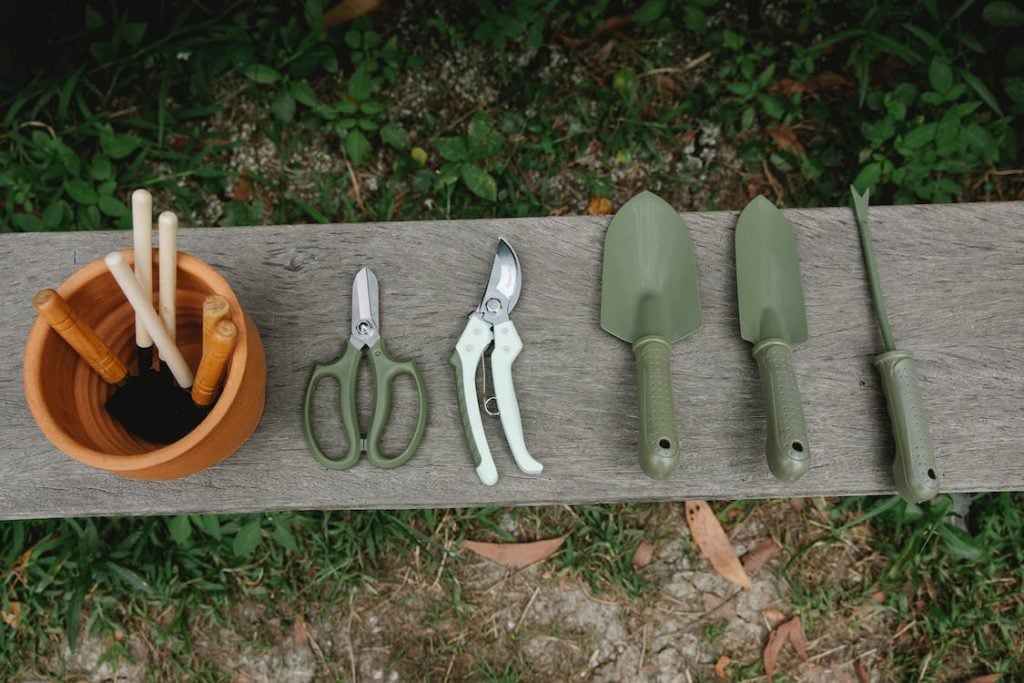
Marigold Sowing Directions
You can sow Marigolds indoors or in your garden, depending on the variety. Usually, marigolds get planted between March and May. For sowing indoors, your aim should be to sow at the beginning of this timespan, and for the outdoors, sowing should be done after your area’s last frost date has passed.
Choosing a Marigold Variety
There are so widely different varieties of marigolds that you can pick from to plant in your garden. If you want to grow Marigolds from seeds, your geographical UK region and the Marigold variety are the two most important factors. Check out your region’s growing period before picking a Marigold variety; otherwise, your Marigolds will not grow and bloom properly. For example, T. patula flower in 60 days, and T. erecta need at least 75 days to cultivate and up to 100 days to bloom.
Indoor Sowing
When you are sowing indoors, fill a seep tray or other containers with good-quality compost and ensure it is rich, free-draining, and moist. A seed-starting compost is best. Spread the Marigold seeds over the growing medium’s surface and cover the seeds with some growing medium to around a 5 mm depth. Keep them in a warm place for the seeds to germinate in 5 – 7 days; the soil temperature should be around 21°C. Cover, not seal the containers with shrink wrap or cling film to maintain the right humidity. When the seedlings are approximately 4 – 5 cm tall, pot them in individual containers and grow them in a frost-free spot until all the frost has gone from your area. When the frost is no longer an issue, you can plant the Marigold plants in your garden, and the spot should be sheltered, receiving plenty of sunlight.
Outdoor Sowing
When sowing Marigold seeds outside, ensure the frost risk has gone in your area; otherwise, your flowers will not bloom. You can start prepping the spot in the garden for sowing in late spring. In a garden bed, make to sprinkle in some well-rotted homemade compost. Add some peat-free multipurpose mix for growing in containers, ensuring the soil is moist before planting. Cover the seeds lightly, and the germination will happen perfectly. You can thin the seedlings and keep spacing around 10 – 20 cm, depending on which specific Marigold variety you have picked to grow. Your Marigolds will bloom if they are in the right spot and taken care of precisely.
Marigold Care Instructions
Before you learn how to deadhead marigolds, you must ensure they have been planted correctly. You can buy marigold plants in nurseries, or you can even look for seeds. The soil type well suited to marigolds is clay, sand, and loam; ensure the planting spot or container has good drainage. You can add some organic compost to the soil and keep the pH between 6.0 and 7.5 for good Marigold growth. Marigolds need the full sun, but if you are in a particularly warm region of the UK, then the marigolds must be placed in a spot with filtered sunlight in the afternoon.
Marigolds must be watered about weekly, but more if the weather is dry and hot. If your marigolds are in containers, then water them daily. Do not let the water fall on the flowerheads since they might rot if wet. Before the flowering season starts, some slow-release 0-10-10 fertiliser will boost the upcoming blooms. Keep your marigolds away from a balanced fertiliser. Some marigold varieties are self-seeders so that you can deadhead not too much, and you will get Marigolds sprouting in your garden in the late spring.
The common problems affecting marigolds are powdery mildew, glasshouse red spider mites, slugs and snails. So, keep a sharp eye on your marigolds for these issues.
Tools Needed to Care For Marigolds
Make sure to look over the list of things you need to grow marigolds in your garden.
Marigold Plants
Buying young marigold plants is the perfect way to start your gardening journey.
- African / American Marigold Mixed Bedding Plants
- Marigold Zenith (Bonanza) Mix Garden Plant
- African Marigold Antigua Mix X 24 Mini Plug Plants
- Flowering Plants – French Marigold ‘Mixed Selection
Marigold Seeds
Instead of young plants, you can plant marigolds seeds if that is your preference.
- Just Seed – Flower – Calendula officinalis
- Simply Garden Marigold French Dwarf Double Mixed Seeds
- Jamieson Brothers® Marigold French Dwarf Double Mixed Flower Seeds
- Suttons – Marigold French Seeds
Soil for Marigolds
You should use light soil and moderately fertile loam; there should be good drainage also.
- Miracle Gro All Purpose Growing Compost 20L
- CUQOO 20L Organic Multi-Purpose Compost Soil Bag
- SA Products Multi-Purpose Compost
- KEPLIN 20L Multi-Purpose Potting Compost
Deadheading Marigolds
Now that you know how to deadhead marigolds, you should have scissors or secateurs.
- Kynup Secateurs Pruning Scissors
- Rantizon Garden Secateurs
- WISCOLS Secateurs – Heavy-Duty
- Gonicc 8″ Professional Secateurs
Gardening Tools
Along with a scissor or secateurs, you will need other gardening tools.
- MOXTOYU Garden Tool Set with Holders
- Grenebo Gardening Tools, 9-Piece Heavy Duty Gardening Hand Tools
- GREEN HAVEN Stainless Steel 11 Piece Heavy Duty Garden Tool Set with Tote Bag
- LBSTP Gardening Hand Tool Gift Kit Gardening Gifts
Final Words
Marigolds are brightly coloured flowers that any garden will be lucky to have. The yellow, white, pink, or yellow flowers are effortless to care for and plant in the UK. Marigolds are a fantastic choice for your garden, and did you know that marigolds play an important part in religious rituals in India?
You will enjoy vibrant blooms due to long flowering periods. Anybody can purchase marigolds as seeds or young plants to get started. They prefer the sun and should be kept away from frost.
Once you have the suitable soil, container, planting spot, and plants, you must maintain your marigolds. One maintenance item is deadheading; it is where you cut off the spent flowers once the flowering period is over. If you do not deadhead, your plant will concentrate on producing seeds instead of flower growth.
Knowing when and how to deadhead marigolds will help keep your garden aesthetically pleasing and keep on making new blooms. In the comments below, write down your marigold deadheading experiences and any advice to new gardeners.

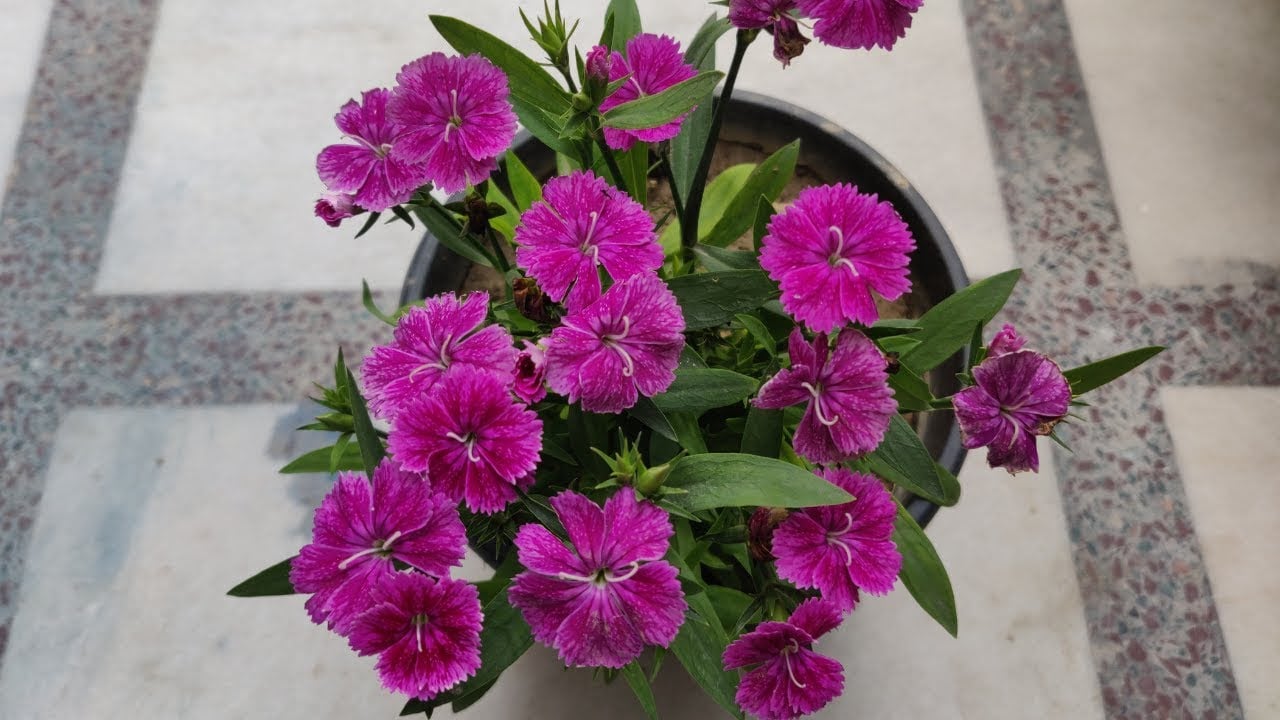
![How and When To Take Effective Rose Cuttings For Replanting [UK]](https://staging.thearches.co.uk/wp-content/uploads/How-To-Take-Rose-Cuttings-Effectively.jpg)
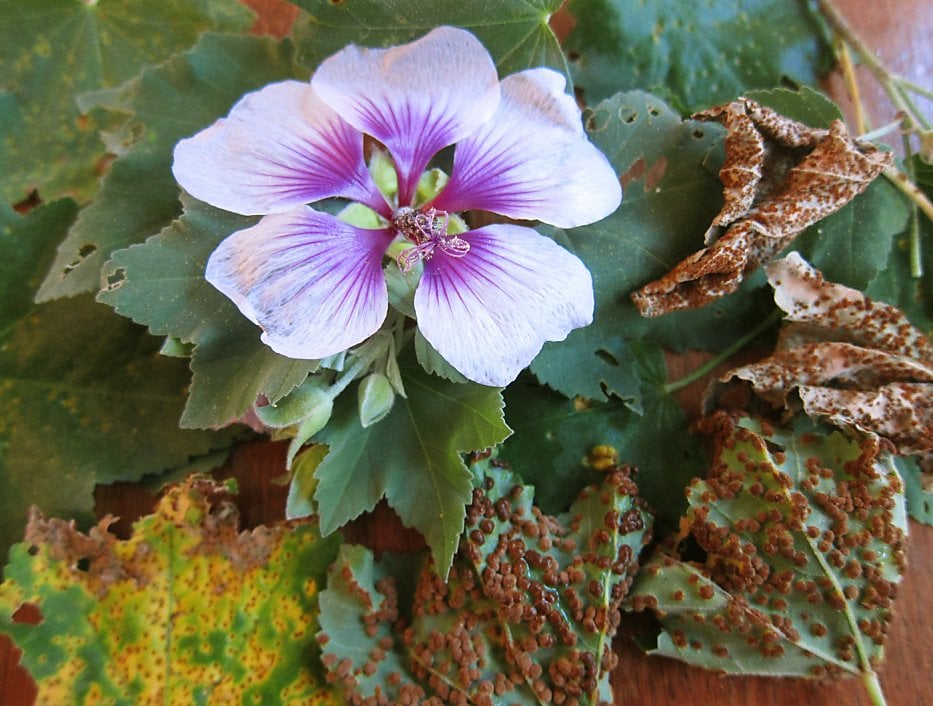
![Treat Black Spots on Roses [8 Easy Homemade Remedy]](https://staging.thearches.co.uk/wp-content/uploads/How-To-Treat-Rose-Black-Spot-In-3-Easy-Stages.jpg)
